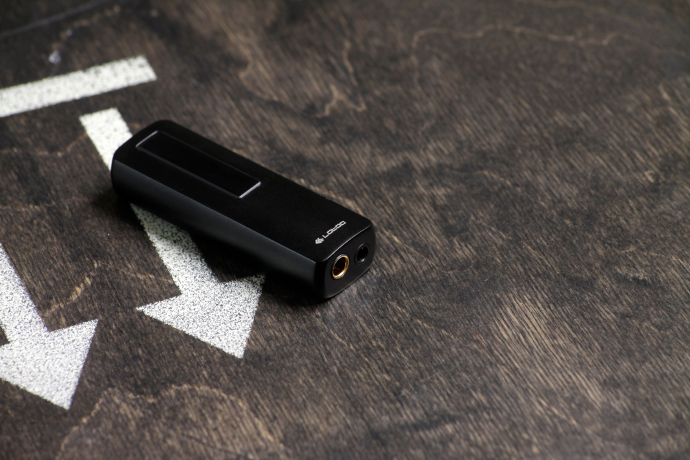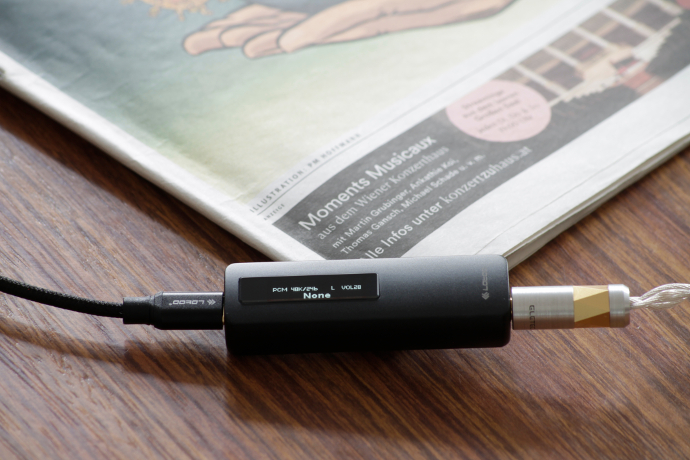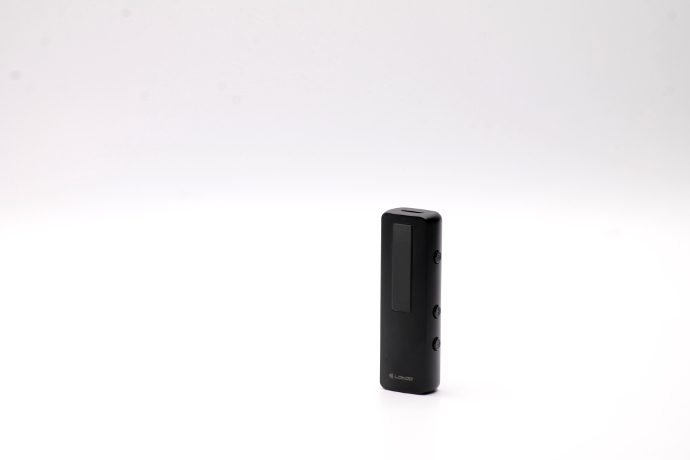In this preview we check out the all-new Lotoo PAW S1 miniature DAC/Amp. It retails for $165 USD and aims for the smartphone users.
[responsivevoice_button]
Disclaimer: This post is part of our first look series where we only give short impressions of new gear in our review-queue. A full length review is on the way.
Lotoo
We have checked out several Lotoo products in the recent past. The latest was the Lotoo PAW 6000. A DAP seated in the mid-segment of Lotoo’s line-up. With a price of 1,199 USD it offers a whole lot of sound but not many modern features. People who want to run streaming apps or any other application other than music on their DAP were completely left out. Lotoo’s DAPs are music-first oriented and in that regard, they perform exceptionally well.
Customers who still didn’t want to abandon their streaming services with Lotoo’s products had to send a digital stream from their smartphones via Bluetooth to their PAW Gold Touch or PAW 6000. There was no other way. Until Lotoo introduced the PAW S1.
The PAW S1
A first glance at the PAW S1 was reserved for audiophiles in Japan, when Lotoo brought it to the Fujiya Avic Autumn Headphone Festival. Only photos made it to the Western regions, but those spread like a wildfire. After that show things went quiet around the PAW S1 for a couple of weeks, until Lotoo teased the upcoming product themselves on their social media channels. People’s interest again was high and in early May the PAW S1 finally made it to the public.
The PAW S1 is a miniature DAC/Amp in the size of a USB stick that directly connects to your phone or tablet. It offers digital to analogue conversion using an AKM AK4377 DAC chip, which decodes PCM files up to 32bit/384kHz and DSD up to double DSD (DSD128). Unlike any other DAC/Amp dongle on the market it offers both balanced and unbalanced outputs. Lotoo has opted for 3.5mm single ended and 4.4mm balanced connections.
With two gain stages and output power of 70mW unbalanced, respectively 120mW balanced into 32 Ohms, the PAW S1 offers enough juice for your IEMs and easy to drive portable headphones. Lotoo even uses an OPA1622 chip, which is highly regarded and has been used many times even in desktop equipment. It’s the same chip they use in their PAW Gold Touch by the way.

Lotoo PAW S1
Lotoo’s PAW S1 also supports their famous EFX settings. You get the same selection of EQ and ATE pre-sets as with their Digital Audio Players. With the PAW S1 Lotoo even introduced three new settings “Movie”, “Radio” and “Game”, which are of course aiming for smartphone and tablet users who want to experience their videos, radio streams and video games in a different way.
The PAW S1’s LCD screen reminded me of my days with the rockboxed Sansa Clip Zip. I do like the retro and minimalist look of the UI. Although I wouldn’t be too thrilled about that in a DAP nowadays, for a small digital dongle like the S1 it’s perfect.
Since the PAW S1 doesn’t have a dedicated battery, it will completely run off your phone’s, tablet’s or PC’s power. In my tests so far, I didn’t notice any massive battery drain, but of course my phone lost juice faster than normal.
Sound
I have played with my PAW S1 for the better part of four weeks now, and during that time I could form an early impression. While the PAW S1 does have a fairly neutral signature on its own, it to me also adds extra body and weight in the lowest registers. It brings good body and size to the sound, but doesn’t over-saturate anything in particular.

Lotoo PAW S1
Just like Lotoo’s PAW Gold Touch and PAW 6000, the S1 has a remarkably low noise floor. Even with my most sensitive IEMs I couldn’t detect any hiss. One thing appears to have quite an impact on the PAW S1’s performance is the file quality. I noticed that my phone streaming Tidal sounds flatter and less dynamic than when it’s hooked up to my laptop or when I use a DAP as digital transport. The Tidal app on my phone resamples everything to 48kHz, which seems to not play well with the PAW S1. When I use Hiby Music with bit-perfect output everything changes drastically for the better.
Remember that those are just early impressions, and that a full review is on its way. In which the PAW S1 will also be compared to Audioquest’s DragonFly Red. Unfortunately I don’t have the Cobalt for direct comparison in house, but I guess the Red is benchmark enough for a direct comparison.









Guido
I have also tried the S1 one recently, and as a LPGT owner I was mightily impressed. In fact, the family sound signature is all there, and now I understand why, as it shares some key components and settings with its (much) bigger brothers like you pointed out. I did not try streaming yet, but I will soon get an S1 for my personal use, to pair with my V30 and check it out with Qobuz, as you say Tidal’s automatic resampling does not offer the best possible result. Happy that you share my excellent impression, the price/quality ratio is very impressive!
Linus
Hi Guido,
thanks for stopping by and leaving a comment.
I agree, the S1 is fantastic. It’s a superb alternative for people who don’t want to carry around a DAP.
And in terms of shared components, there actually are a few more things the S1 has in common with the PAW Gold Touch, like the Blackfin DSP, the clocks or the power management. It’s amazing how much of the flagship is actually in the S1. And for what price… I mean, it sure isn’t a PAW Gold Touch, but it’s remarkable still. 🙂
The review will come in a few weeks and we have a little surprise coming with that. 😉
Cheers, have a great Sunday!
Kratos
Would you please compare it ,in your detailed review, with NextDrive Spectra-x (https://www.headfonia.com/review-nextdrive-spectra-x/2/) and Hilidac Audirect Beam2(if possible.. https://www.linsoul.com/collections/amp-dacs/products/hilidac-audirect-beam2) ?
Linus
Hi Kratos,
thanks for your comment.
Unfortunately I don’t have access to either of those. Sorry. Can’t compare what I haven’t heard extensively.
Jonathan
Can you please compare the sound quality of this device to the Fiio BTR5 in wired mode in the full review?
Jonathan
I’m especially curious about the balanced output
Linus
Hi Jonathan,
thanks for your comment.
Unfortunately I don’t have the BTR5, so I can’t comment on that one. Sorry.